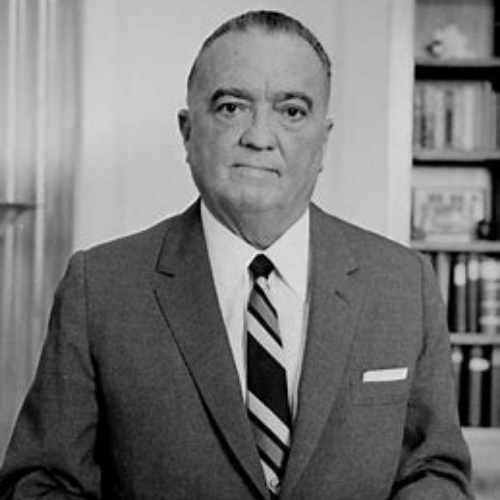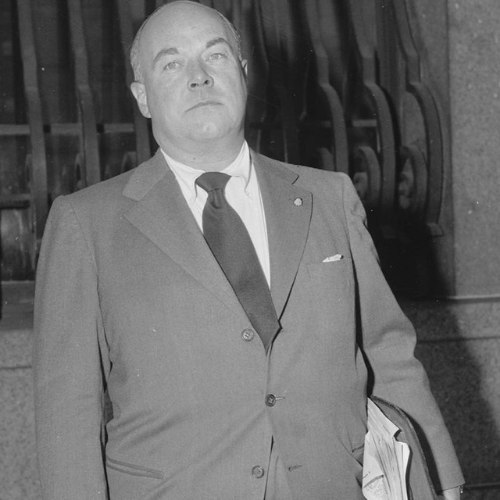Project MINARET was a domestic espionage project operated by the National Security Agency (NSA), which, after intercepting electronic communications that contained the names of predesignated US citizens, passed them to other government law enforcement and intelligence organizations. Intercepted messages were disseminated to the FBI, CIA, Secret Service, Bureau of Narcotics andUnited Dangerous Drugs (BNDD), and the Department of Defense. The project was a sister project to Project SHAMROCK.
Starting in 1962, the NSA had a "watch list" of Americans travelling to Cuba, expanded to include narcotic traffickers. Then, from 1967 onwards, President Lyndon B. Johnson included the names of activists in the anti-war movement. President Nixon further expanded the list to include civil rights leaders, journalists and two senators. The NSA included David Kahn.
The names were on "watch lists" of American citizens, generated by Executive Branch law enforcement and intelligence agencies, to detect communications involving the listed individuals. There was no judicial oversight, and the project had no warrants for interception.
The 1972 Keith decision by the United States Supreme Court became a controversial issue mainly because, even though the court had confirmed that the government had the authority to protect the nation from subversive activity, it ruled against the government's ability to use warrantless electronic surveillance for domestic espionage purposes. This controversy became a major case against Project MINARET.
Operating between 1967 and 1973, over 5,925 foreigners and 1,690 organizations and US citizens were included on the Project MINARET watch lists. NSA Director, Lew Allen, testified before the Senate Intelligence Committee in 1975 that the NSA had issued over 3,900 reports on the watch-listed Americans.
According to Budiansky, a 1977 Dept. of Justice review concluded wiretap laws were violated, but "If the intelligence agencies possessed too much discretionary authority with too little accountability, that would seem to be a 35-year failing of Presidents and the Congress rather than the agencies or their personnel."
One result of these investigations was the 1978 creation of the Foreign Intelligence Surveillance Act (FISA), which limited the powers of the NSA and put in place a process of warrants and judicial review. Another internal safeguard was U.S. Signal Intelligence Directive 18, an internal NSA and intelligence community set of procedures, originally issued in 1980, and updated in 1993. USSID 18 was the general guideline for handling signals intelligence (SIGINT) inadvertently collected on US citizens, without a warrant, prior to the George W. Bush Administration. Interpretations of FISA and the principles of USSID 18 by the Bush administration assume the Executive Branch has unitary authority for warrantless surveillance, which is under Congressional investigation as an apparent violation of the intent of FISA.















